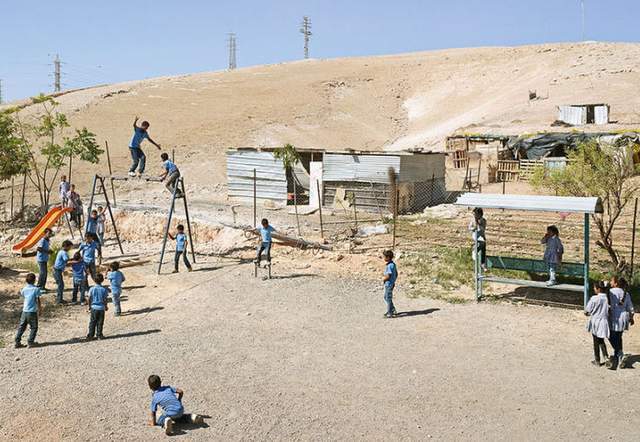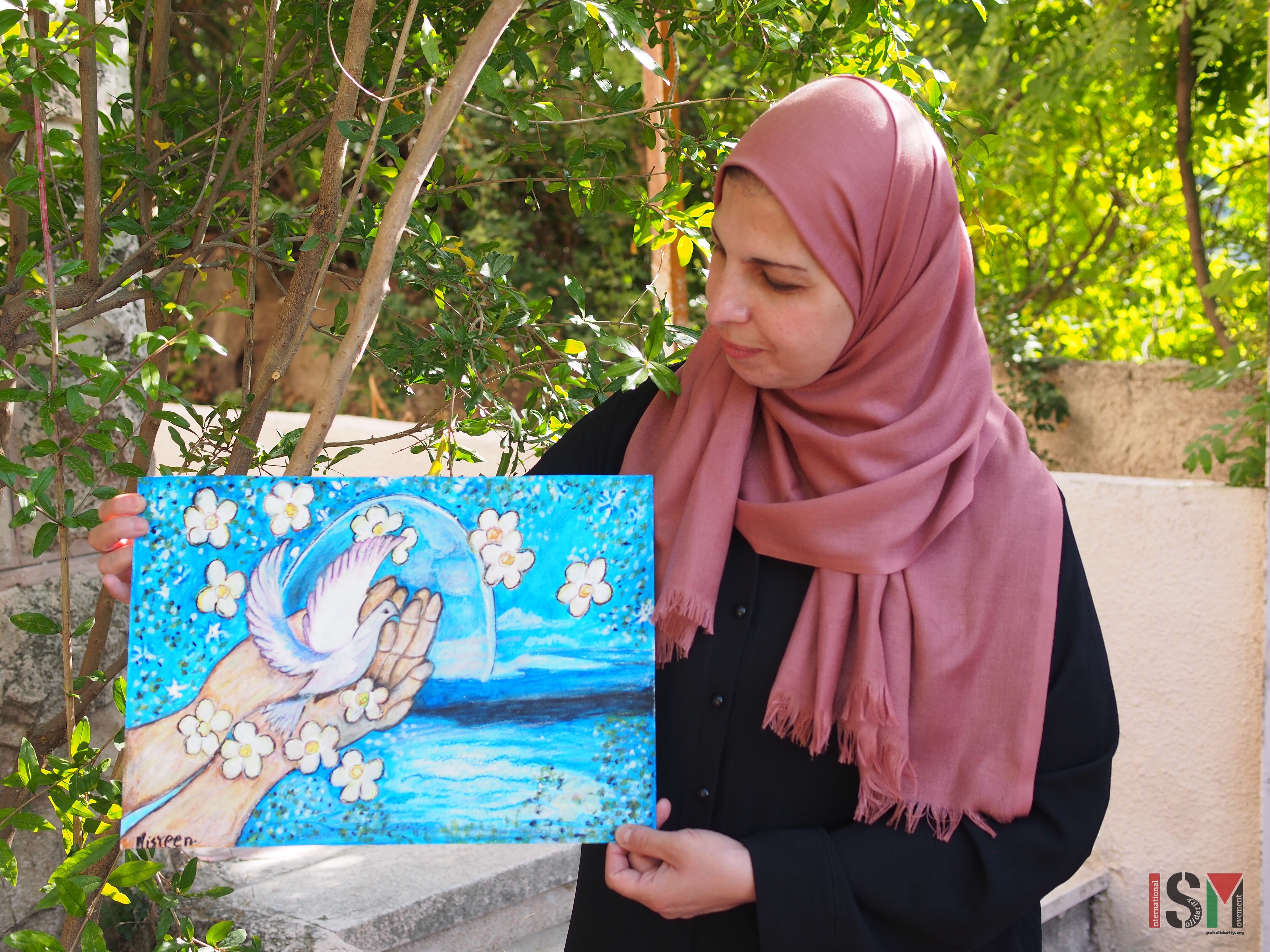Tag: life under occupation
-
‘Our kites fly over the invisible borders and reach what we cannot’: ISM speaks to Yasmeen Najjar at the annual kite festival in Burin
29th June 2018 | International Solidarity Movement, Al-Khalil team | Burin, occupied Nablus Burin is a small village located seven kilometres to the southwest of Nablus in the occupied West Bank, and is home to around 3000 people. The village is surrounded by multiple illegal Israeli settlements, and is subjected to constant violent settler attacks…
-
Khan al Ahmar watches the World Cup
26th June 2018 | International Solidarity Movement, Ramallah Team | Khan al Ahmar, occupied Palestine The Jahalin tribe of Khan al Ahmar were forcibly relocated by Israel from the Negev Desert in 1951. The village’s current site in Palestine is located between the illegal Israeli settlements of Ma’ale Adumim and Kfar Adumim. Israel wants to…
-
‘I am here, I resist’: ISM catches up with Nisreen Azzeh, who uses her artwork to resist against the brutal Israeli occupation of her homeland
4th June 2018 | International Solidarity Movement, Al-Khalil Team | Hebron, occupied Palestine Nisreen Azzeh’s house sits high up on a hill in the Tel Rumeida area of the occupied city of Hebron (al-Khalil is the Arabic name of the city) in the south of the West Bank. The way to her house is difficult…



